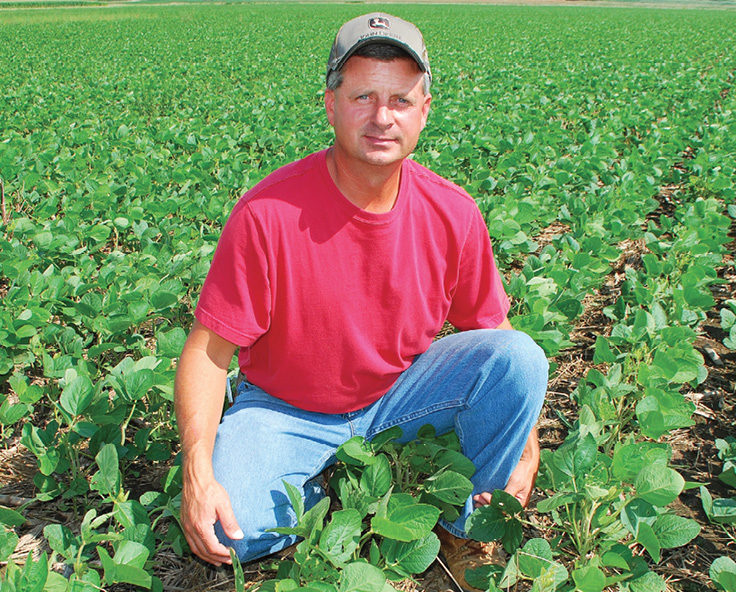No-Till Farmer
Get full access NOW to the most comprehensive, powerful and easy-to-use online resource for no-tillage practices. Just one good idea will pay for your subscription hundreds of times over.

Cover crops are driving the roots of Bruce Bartlett’s corn a little deeper into the southwest Missouri soil and delivering bonus fertility to boot.
Even though the Lockwood, Mo., no-tiller has learned a few lessons the hard way over the past couple of years, Bartlett discovered that he can use cover crops to improve his soil and reduce fertilizer inputs.
Bartlett, who has been no-tilling since 1996, credits USDA Natural Resources Conservation Service (NRCS) district conservationist Drexel Atkins with getting him “fired up” about covers.
Two years ago, Atkins took Bartlett and other area farmers to visit Gabe Brown’s farm in North Dakota. That trip and a presentation by NRCS conservation agronomist Ray Archuleta convinced Bartlett to try cover crops 2 years ago.
He began with an aerial seeding of hairy vetch, turnips and radishes into standing corn in early August.
Extremely dry weather resulted in late and sporadic germination, so after corn harvest Bartlett mixed crimson clover, radishes and turnips with dry fertilizer in a Willmar fertilizer spreader and broadcasted it over the stalks. A 32-foot Phoenix harrow was used to help incorporate the seed into the residue.
“There is barely any soil disturbance,” he explains. “The harrow evens out the residue and gives the seed better contact. I think it helps give me a better stand.”
A Good Mix. Currently, Bartlett utilizes a cover-crop mix of 10 pounds of crimson clover and 2 pounds of oilseed radishes per acre. Turnips have been eliminated from the mix because they…